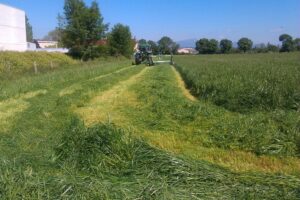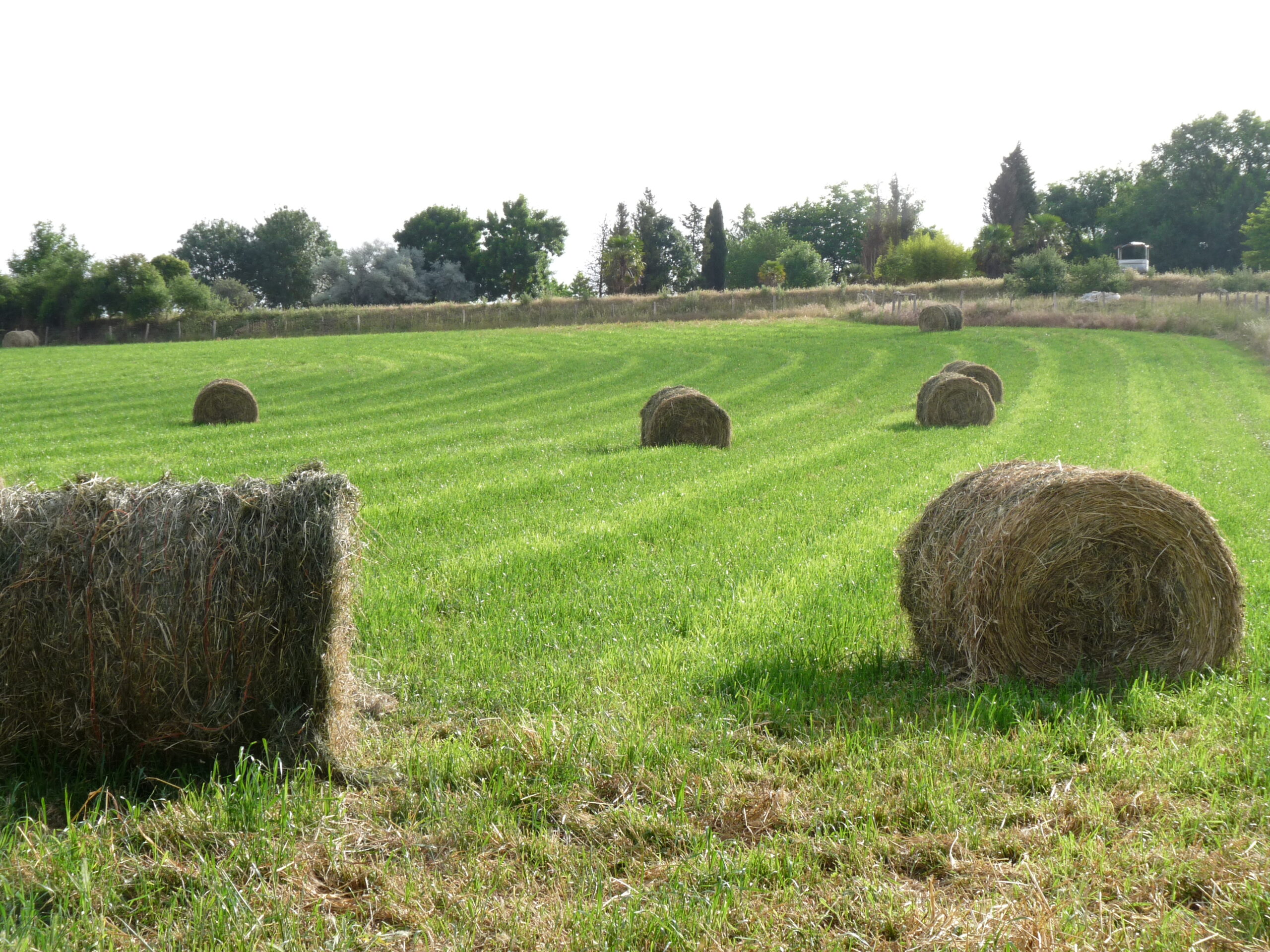On 26th April 2024, the NEIKER-BRTA Animal Production team gave a seminar on the Importance of the Quality of Forage for Sheep feeding at the facilities of OVIARAGON in Zaragoza. Twenty-two people from the cooperative’s technical services took part in the session.
The first part focused on the current quality of the fodder produced by the cooperative’s farms. It was clear that there is a great diversity of crops and types of fodder (predominantly hay, especially alfalfa), as well as a wide range of qualities, conditioned by the type of crop, preservation system, etc. However, medium-low protein content and high levels of fibre were observed. These results gave rise to certain doubts related to the quality and composition of the ‘meadows’ or pastures, the scarcity of leguminous plants or fertilisation practices, as well as the age of the crop at the time of harvesting.
Next, the importance of feeding sheep with high quality forages, basic notions on forage intake were presented. Some time was also to explain how to use rqtions design programmes for ruminants (such as INRAtion), and a large number of examples of rations to evaluate the effect of using different types of forages (e.g. the effect of haying when the grassland is in vegetative growth or gleaning phase; differences between hay or silage, etc.) were presented. The main conclusions of this part were:
– The gleaning of grass reduces its nutritional quality, especially protein content, as well as the ingestibility of the forage.
– It is important to assess the nutritional quality of the forages in the laboratory; but it may not be enough, especially in the case of silage: the amount of the forage that an animal may eat also matters a lot, and crude protein content is not always a good indicator of gut digestible protein intake (GDP or PDI for INRAtion).
– Delaying the time of ensiling reduces the quality of the preserved forage.
– Pre-silage does not change or worsen the chemical analysis of the silage, but it does contribute to a much better preservation of the ability to provide PDI.
– This loss of nutritive capacity is compensated for with concentrate feed, or by changing the formulation and/or the quantity offered.
– Ewes consuming sainfoin increase the time spent eating forage, reduce the time spent ruminating, resulting in a higher daily intake.
The opportunity to supplement fodder with cold-pressed oilseed cakes as an alternative to other raw materials (soybean meal, palm oil, etc.) as a source of protein was also presented.

The last part of the day focused on RECOMMENDATIONS TO PRODUCE HIGH QUALITY FORAGES. Thus, although the weather is a determining factor in order to carry out the work correctly, it is essential to take into account the optimum mowing time for each type of crop in order to harvest quality fodder, and not to focus so much on the quantity of fodder harvested. It is also suggested to identify the different forages produced in order to plan their use throughout the season, depending on the expected quality. Finally, an experience carried out in Alava between 2018 and 2020 was presented, aimed at creating a collaboration network between farmers and livestock farmers for the production of quality fodder in the Autonomous Community of the Basque Country, funded by the cooperation support call (ERDF and Basque Government).

